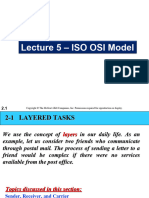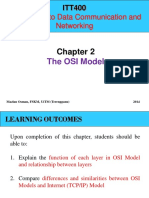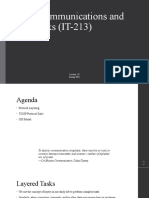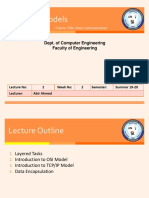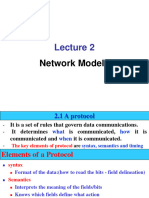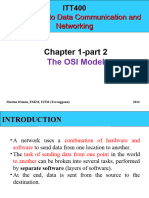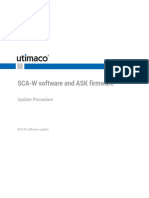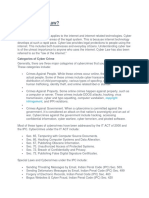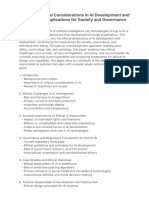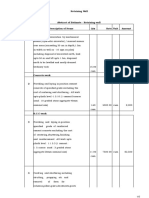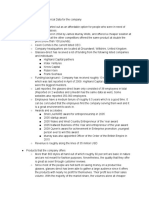0% found this document useful (0 votes)
49 views24 pagesReference Models
The document discusses two reference models for network communication:
1. The OSI reference model defines 7 layers - physical, data link, network, transport, session, presentation, and application layer. Each layer has a specific function in transmitting data from one system to another.
2. The TCP/IP reference model, which is based on the OSI model but has fewer layers, with a focus on protocols like TCP and UDP in the transport layer.
Uploaded by
Hope MikhelsonCopyright
© © All Rights Reserved
We take content rights seriously. If you suspect this is your content, claim it here.
Available Formats
Download as PDF, TXT or read online on Scribd
0% found this document useful (0 votes)
49 views24 pagesReference Models
The document discusses two reference models for network communication:
1. The OSI reference model defines 7 layers - physical, data link, network, transport, session, presentation, and application layer. Each layer has a specific function in transmitting data from one system to another.
2. The TCP/IP reference model, which is based on the OSI model but has fewer layers, with a focus on protocols like TCP and UDP in the transport layer.
Uploaded by
Hope MikhelsonCopyright
© © All Rights Reserved
We take content rights seriously. If you suspect this is your content, claim it here.
Available Formats
Download as PDF, TXT or read online on Scribd
/ 24







